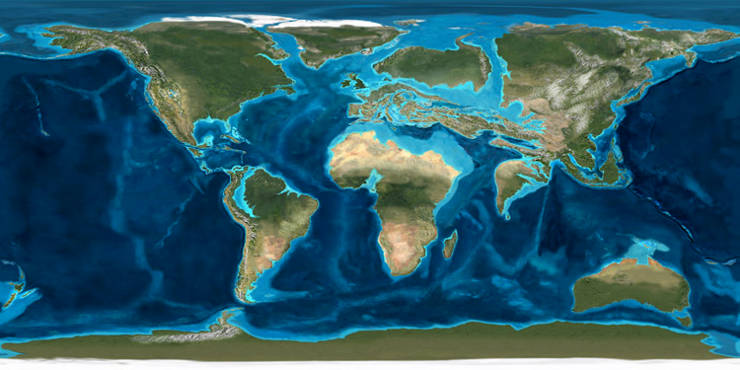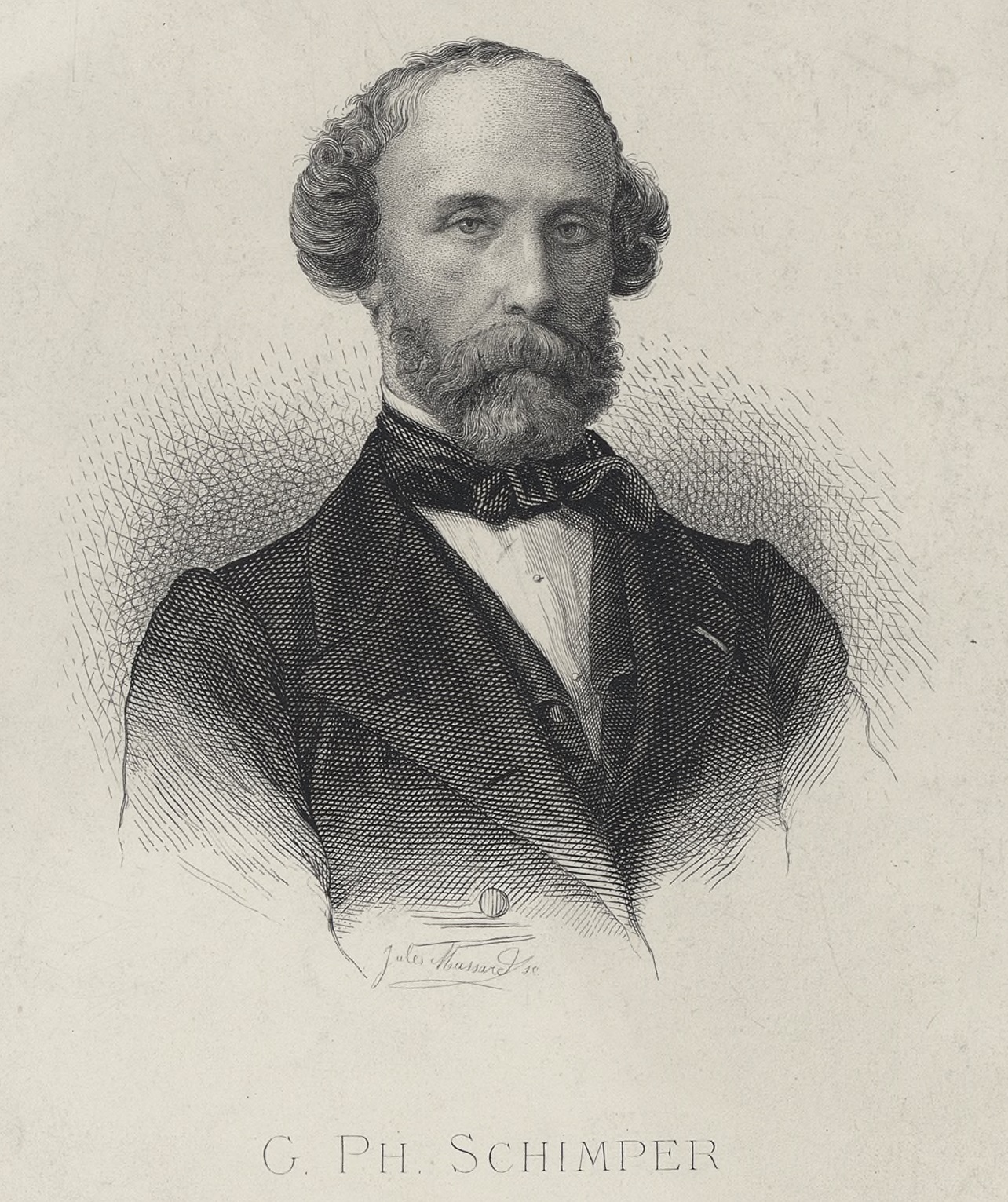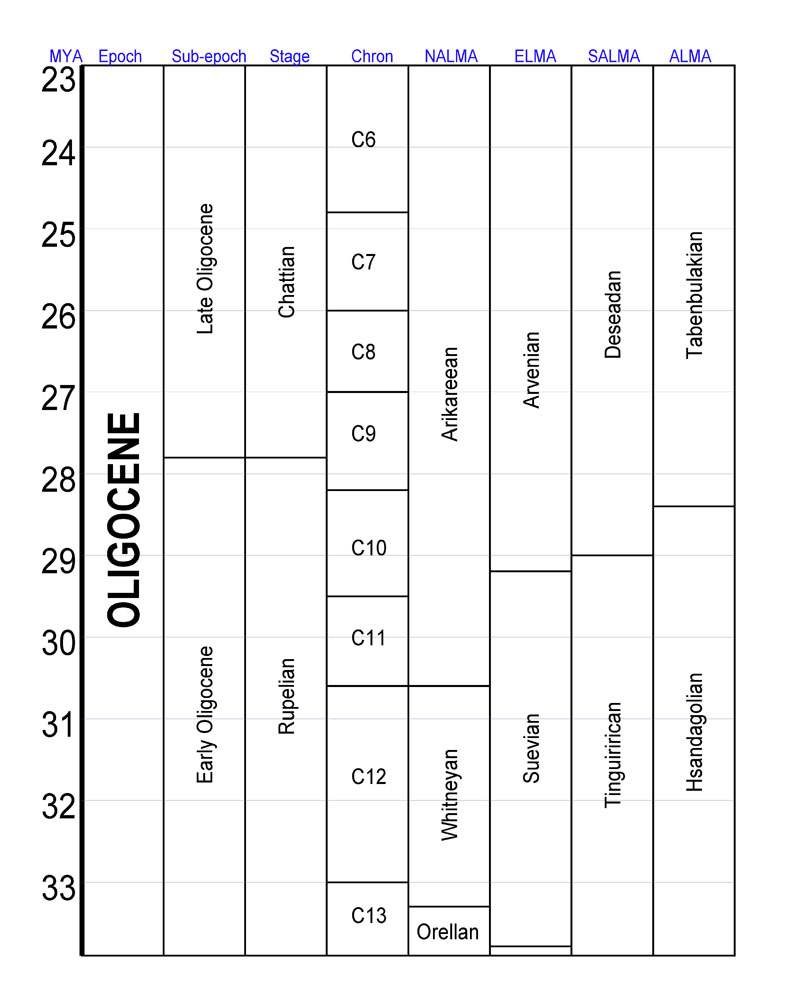|
Leiognathidae
Leiognathidae, the ponyfishes, slipmouths or slimys / slimies, are a small family of fishes in the order Perciformes. They inhabit marine and brackish waters in the Indian and West Pacific Oceans. They can be used in the preparation of ''bagoong''. Characteristics Ponyfishes are small and laterally compressed in shape, with a bland, silvery colouration. They are distinguished by highly extensible mouths, and the presence of a mechanism for locking the spines in the dorsal and anal fins. They also possess a highly integrated light organ in their throats that houses symbiotic bioluminescent bacteria that project light through the animal's underside. Typically, the harbored bacterium is only ''Photobacterium leiognathi'', but in the two ponyfish species ''Photopectoralis panayensis'' and ''Photopectoralis bindus'', ''Photobacterium mandapamensis'' is also present. Two of the most widely studied uses for luminescence in ponyfish are camouflage by ventral counterillumination and spe ... [...More Info...] [...Related Items...] OR: [Wikipedia] [Google] [Baidu] |
Leiognathus Equulus
''Leiognathus equula'', Froese, R. and D. Pauly. Editors. (2023). FishBase. Leiognathus equulus (Forsskål, 1775). Accessed through: World Register of Marine Species at: https://www.marinespecies.org/aphia.php?p=taxdetails&id=218459 on 2023-11-16 the common ponyfish is a species of marine ray-finned fish, a ponyfish from the family Leiognathidae Leiognathidae, the ponyfishes, slipmouths or slimys / slimies, are a small family of fishes in the order Perciformes. They inhabit marine and brackish waters in the Indian and West Pacific Oceans. They can be used in the preparation of ''bagoo .... It occurs in brackish and marine waters from East Africa to Fiji in the Indian and western Pacific Oceans, Red Sea and Persian Gulf. References External links Fishes of Australia : ''Leiognathus equulus'' equulus Bioluminescent fish Marine fish of East Africa common ponyfish Taxa named by Peter Forsskål {{Leiognathidae-stub ... [...More Info...] [...Related Items...] OR: [Wikipedia] [Google] [Baidu] |
Perciformes
Perciformes (), also called the Acanthopteri, is an order or superorder of ray-finned fish in the clade Percomorpha. ''Perciformes'' means " perch-like". Among the well-known members of this group are perches and darters ( Percidae), and also sea basses and groupers (Serranidae). This order contains many familiar freshwater temperate and tropical marine fish groups, but also extremophiles that have successfully colonized both the North and South Poles, as well as the deepest depths of the ocean. Taxonomy Formerly, this group was thought to be even more diverse than it is thought to be now, containing about 41% of all bony fish (about 10,000 species) and about 160 families, which is the most of any order within the vertebrates. However, many of these other families have since been reclassified within their own orders within the clade Percomorpha, significantly reducing the size of the group. In contrast to this splitting, other groups formerly considered distinct, such as ... [...More Info...] [...Related Items...] OR: [Wikipedia] [Google] [Baidu] |
Percoidei
Percoidei is a suborder of bony fishes in the order Perciformes. Many commercially harvested fish species are considered to be contained in this suborder, including the groupers, Serranidae, seabasses and perches. Divisions The following classification is based on ''Eschmeyer's Catalog of Fishes'': * Suborder Percoidei ** Family Serranidae William Swainson, Swainson, 1839 (sea basses) ** Family Anthiadidae Felipe Poey y Aloy, Poey, 1861 (fairy basslets or streamer basses) ** Family Epinephelidae Pieter Bleeker, Bleeker, 1874 (groupers) ** Family Liopropomatidae Poey, 1867 (painted basslets) ** Family Grammistidae Bleeker, 1857 (soapfishes) ** Family Percidae Constantine Samuel Rafinesque, Rafinesque, 1815 (perches and Etheostomatinae, darters) ** Family Niphonidae David Starr Jordan, Jordan, 1923 (Ara groupers) ** Family Trachinidae Rafinesque, 1815 (weeverfishes) ** Family Bembropidae Charles Tate Regan, Regan, 1913 (flatheads or duckbill flatheads) Former classification Unti ... [...More Info...] [...Related Items...] OR: [Wikipedia] [Google] [Baidu] |
Percoidea
Percomorpha () is an extremely large and diverse clade of ray-finned fish. With more than 17,000 known species (including tuna, seahorses, gobies, cichlids, flatfish, wrasse, perches, anglerfish, and pufferfish) known from both marine and freshwater ecosystems, it is the most speciose clade of extant vertebrates. Evolution Percomorpha are the most diverse group of teleost fish today. Teleosts, and percomorphs in particular, thrived during the Cenozoic era. Fossil evidence shows that there was a major increase in size and abundance of teleosts immediately after the mass extinction event at the Cretaceous-Paleogene boundary ago. The oldest known percomorph fossils are of the early tetraodontiforms '' Protriacanthus'' and Cretatriacanthidae from the Santonian to Campanian of Italy and Slovenia. A higher diversity of early percomorphs is also known from the Campanian of Nardò, Italy, and these also show some level of diversification into modern orders, with representatives of ... [...More Info...] [...Related Items...] OR: [Wikipedia] [Google] [Baidu] |
Eocene
The Eocene ( ) is a geological epoch (geology), epoch that lasted from about 56 to 33.9 million years ago (Ma). It is the second epoch of the Paleogene Period (geology), Period in the modern Cenozoic Era (geology), Era. The name ''Eocene'' comes from the Ancient Greek (''Ēṓs'', 'Eos, Dawn') and (''kainós'', "new") and refers to the "dawn" of modern ('new') fauna that appeared during the epoch.See: *Letter from William Whewell to Charles Lyell dated 31 January 1831 in: * From p. 55: "The period next antecedent we shall call Eocene, from ήως, aurora, and χαινος, recens, because the extremely small proportion of living species contained in these strata, indicates what may be considered the first commencement, or ''dawn'', of the existing state of the animate creation." The Eocene spans the time from the end of the Paleocene Epoch to the beginning of the Oligocene Epoch. The start of the Eocene is marked by a brief period in which the concentration of the carbon isoto ... [...More Info...] [...Related Items...] OR: [Wikipedia] [Google] [Baidu] |
Paleocene
The Paleocene ( ), or Palaeocene, is a geological epoch (geology), epoch that lasted from about 66 to 56 mya (unit), million years ago (mya). It is the first epoch of the Paleogene Period (geology), Period in the modern Cenozoic Era (geology), Era. The name is a combination of the Ancient Greek ''palaiós'' meaning "old" and the Eocene Epoch (which succeeds the Paleocene), translating to "the old part of the Eocene". The epoch is bracketed by two major events in Earth's history. The K–Pg extinction event, brought on by an asteroid impact (Chicxulub impact) and possibly volcanism (Deccan Traps), marked the beginning of the Paleocene and killed off 75% of species, most famously the non-avian dinosaurs. The end of the epoch was marked by the Paleocene–Eocene Thermal Maximum (PETM), which was a major climatic event wherein about 2,500–4,500 gigatons of carbon were released into the atmosphere and ocean systems, causing a spike in global temperatures and ocean acidification. ... [...More Info...] [...Related Items...] OR: [Wikipedia] [Google] [Baidu] |
Priacanthidae
The Priacanthidae, the bigeyes, are a Family (biology), family of 18 species of marine ray-finned fishes. "Catalufa (other), Catalufa" is an alternate common name for some members of the Priacanthidae. The etymology of the scientific name (, to bite + , thorn) refers to the family's very rough, spined scales. The common name of "bigeye" refers to the member species' unusually large eyes, suited to their carnivore, carnivorous and nocturnal lifestyles. Priacanthidae are typically colored bright red, but some have patterns in silver, dusky brown, or black. Most species reach a maximum total length of about , although in a few species lengths of over are known. Most members of this family are native to tropical and subtropical parts of the Indian and Pacific Oceans, but four species (''Cookeolus japonicus'', ''Heteropriacanthus cruentatus'', ''Priacanthus arenatus'', and ''Pristigenys alta'') are found in the Atlantic. They tend to live near rock outcroppings or reefs ... [...More Info...] [...Related Items...] OR: [Wikipedia] [Google] [Baidu] |
Oligocene
The Oligocene ( ) is a geologic epoch (geology), epoch of the Paleogene Geologic time scale, Period that extends from about 33.9 million to 23 million years before the present ( to ). As with other older geologic periods, the rock beds that define the epoch are well identified but the exact dates of the start and end of the epoch are slightly uncertain. The name Oligocene was coined in 1854 by the German paleontologist Heinrich Ernst Beyrich from his studies of marine beds in Belgium and Germany. The name comes from Ancient Greek (''olígos'') 'few' and (''kainós'') 'new', and refers to the sparsity of Neontology, extant forms of Mollusca, molluscs. The Oligocene is preceded by the Eocene Epoch and is followed by the Miocene Epoch. The Oligocene is the third and final epoch of the Paleogene Period. The Oligocene is often considered an important time of transition, a link between the archaic world of the tropical Eocene and the more modern ecosystems of the Miocene. Major chang ... [...More Info...] [...Related Items...] OR: [Wikipedia] [Google] [Baidu] |
Miocene
The Miocene ( ) is the first epoch (geology), geological epoch of the Neogene Period and extends from about (Ma). The Miocene was named by Scottish geologist Charles Lyell; the name comes from the Greek words (', "less") and (', "new") and means "less recent" because it has 18% fewer modern marine invertebrates than the Pliocene has. The Miocene followed the Oligocene and preceded the Pliocene. As Earth went from the Oligocene through the Miocene and into the Pliocene, the climate slowly cooled towards a series of ice ages. The Miocene boundaries are not marked by distinct global events but by regionally defined transitions from the warmer Oligocene to the cooler Pliocene Epoch. During the Early Miocene, Afro-Arabia collided with Eurasia, severing the connection between the Mediterranean and Indian Oceans, and allowing the interchange of fauna between Eurasia and Africa, including the dispersal of proboscideans and Ape, hominoids into Eurasia. During the late Miocene, the conn ... [...More Info...] [...Related Items...] OR: [Wikipedia] [Google] [Baidu] |





